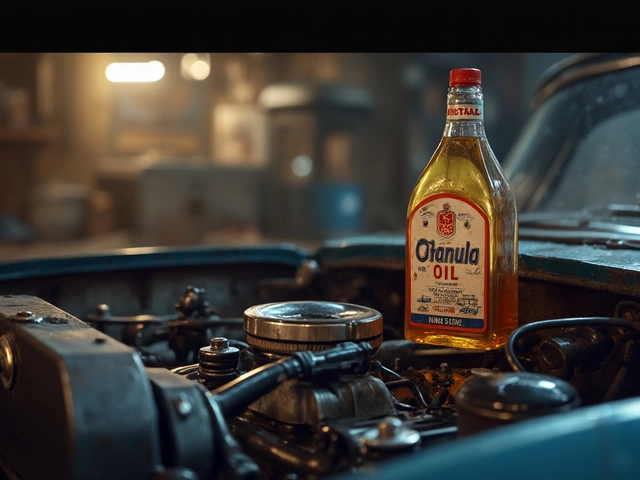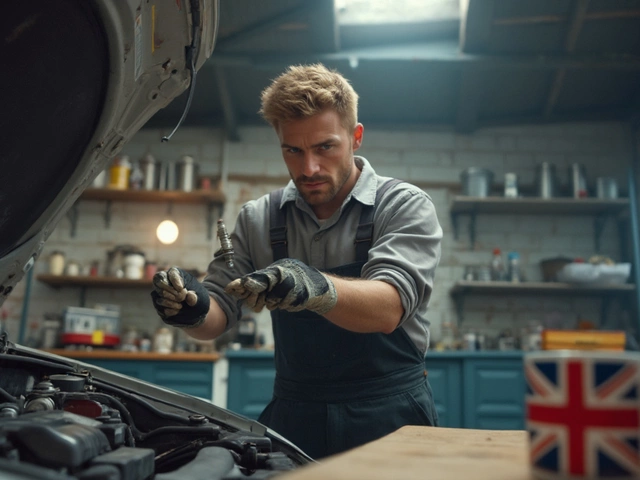Clutch Lifespan: How Long Your Clutch Should Last and When to Replace It
If you drive a manual car, the clutch is the heart of your shifting experience. But like any moving part, it wears out. Knowing the usual lifespan and the factors that speed up wear can save you surprise repairs and keep the ride smooth.
What Determines a Clutch’s Life?
Most clutches give you anywhere between 60,000 and 100,000 miles. The range is wide because several things play a role:
- Driving style: Riding the clutch, rapid launches, or constantly slipping in traffic creates extra heat that degrades the friction material.
- Vehicle load: Towing heavy trailers or regularly carrying a full passenger load forces the clutch to work harder.
- Type of clutch: A standard OEM clutch lasts longer than a high‑performance one that’s built for sportier use.
- Maintenance habits: Regular fluid checks, proper gear engagement, and avoiding harsh downshifts keep wear at bay.
- Road conditions: Stop‑and‑go city driving wears a clutch faster than steady highway cruising.
In short, a gentle driver on a highway will hit the upper end of the mileage range, while an aggressive driver in city traffic might see wear after just 40,000 miles.
Signs Your Clutch Is Near the End of Its Life
Don’t wait for the clutch to fail completely. Look out for these red flags:
- Slipping: Engine revs rise but the car doesn’t speed up. That’s a classic symptom of worn friction plates.
- Hard shifts: You have to force the gear lever or hear a grinding noise when changing gears.
- Sticky clutch pedal: The pedal feels stiff or doesn’t return to its original position quickly.
- Smell of burning: A burnt odor after heavy acceleration often means the clutch is overheating.
- Rising revs on a hill: If the engine races but the car stalls, the clutch plates may be too thin.
Spotting any of these early lets you plan a replacement before you’re stuck on the side of the road.
When it’s time to act, the cost can vary. A standard clutch kit plus labor generally falls between £400 and £800, while a performance Stage 2 kit can push the price higher. Our “Clutch Replacement Cost” guide breaks down the numbers, and the “Clutch Kit Labour Cost Explained” post shows how you can keep the bill down by choosing the right garage.
Want to extend your clutch’s life? Here are a few no‑brainer habits:
- Fully depress the pedal every time you shift – partial lifts cause extra wear.
- Avoid resting your foot on the clutch while driving (the dreaded “riding the clutch”).
- Shift up or down smoothly; don’t yank the lever.
- Use the handbrake on steep hills instead of holding the clutch.
- Keep the clutch fluid fresh and at the correct level; dirty fluid can cause premature failure.
Even with perfect habits, a clutch will eventually need a new set. Knowing the typical mileage, the warning signs, and the cost helps you budget and avoid nasty surprises. If you’re unsure whether your clutch is still good, book a quick check‑up at Northwich Tyres Centre – we’ll tell you exactly what’s happening and what the next step should be.
Bottom line: expect 60‑100k miles, watch for slipping, hard shifts, and odd smells, and treat your clutch gently. A little care now can give you years of smooth gear changes and keep your repair bill in check.
 8 December 2025
8 December 2025
Can a Clutch Last 200k Miles? Real-World Facts and What Actually Matters
Can a clutch really last 200,000 miles? It's not about the mileage-it's about how you drive. Learn what actually determines clutch life and how to make yours last longer.
 30 July 2025
30 July 2025
How Long Does a Clutch Last After You Smell It Burn? Real-World Lifespan and Advice
Noticed that classic burning clutch smell? Learn how long your clutch might last after burning, what to watch for, and how to get the most miles before replacing.






0